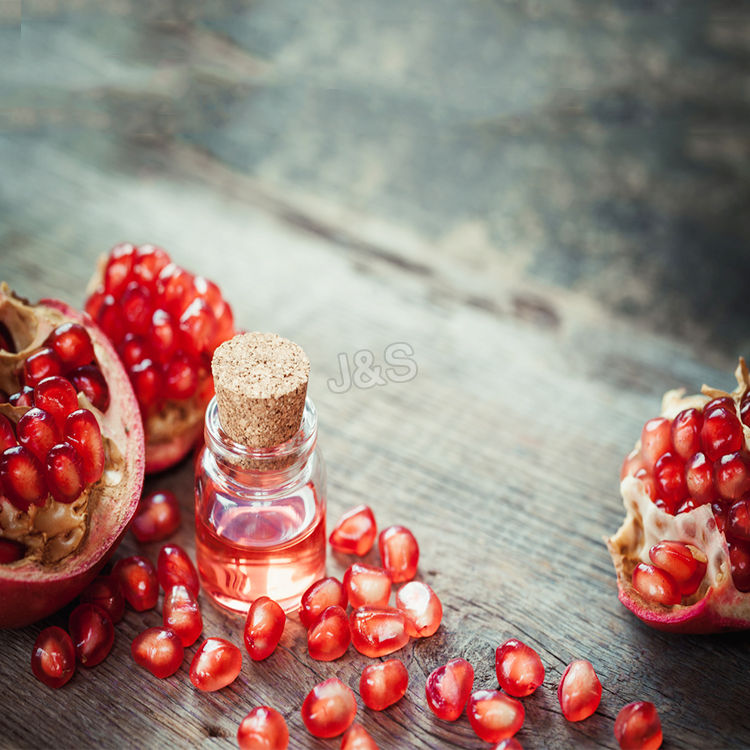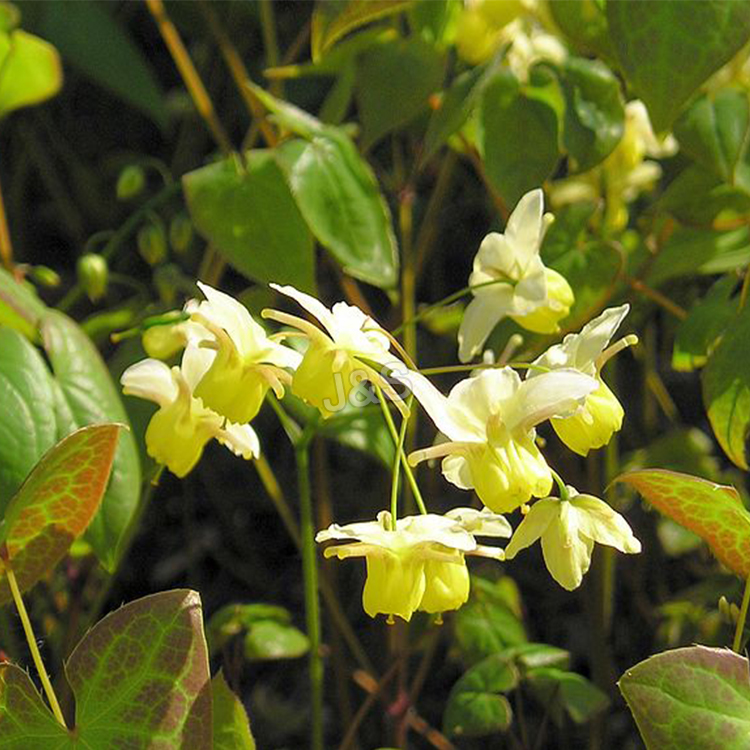15 Years Manufacturer Milk Thistle Extract Wholesale to Algeria
15 Years Manufacturer Milk Thistle Extract Wholesale to Algeria Detail:
[Latin Name] Silybum marianum G.
[Plant Source] The dried seed of Silybum marianum G.
[Specifications] Silymarin 80% UV & Silybin+Isosilybin 30% HPLC
[Appearance] Light Yellow Powder
[Particle size] 80 Mesh
[Loss on drying] £ 5.0%
[Heavy Metal] £10PPM
[Extract solvents] Ethanol
[Microbe] Total Aerobic Plate Count: £1000CFU/G
Yeast & Mold: £100 CFU/G
[Storage] Store in cool & dry area, keep away from the direct light and heat.
[Shelf life]24 Months
[Package] Packed in paper-drums and two plastic-bags inside. Net weight:25kgs/drum
[What is Milk Thistle]
Milk Thistle is a unique herb which contains a natural compound called silymarin. Silymarin nourishes the liver like no other nutrient currently known. The liver acts as the body’s filter constantly cleansing to protect you from toxins.
Over time, these toxins can accumulate in the liver. Milk Thistle’s potent antioxidant properties and rejuvenating actions help keep the liver strong & healthy.
[Function]
1, Toxicology tests showed that:a strong effcets of protecting cell membrane of liver, in Clinical application, Milk Thistle
Extract has good results for the treatment of acute and chronic hepatitis, liver cirrhosis and a variety of toxic liver damage, etc.;
2, Milk Thistle Extract significantly improves the liver function of the patients with symptoms of hepatitis;
3,Clinical applications: for the treatment of acute and chronic hepatitis, cirrhosis, liver poisoning and other diseases.
Product detail pictures:

Related Product Guide:
To meet the customers' over-expected satisfaction , we have our strong team to provide our best overall service which includes marketing, sales, designing, production, quality controlling, packing, warehousing and logistics for 15 Years Manufacturer Milk Thistle Extract Wholesale to Algeria , The product will supply to all over the world, such as: The Swiss, Mumbai, Senegal, Our products are exported worldwide. Our customers are always satisfied with our reliable quality, customer-oriented services and competitive prices. Our mission is "to continue to earn your loyalty by dedicating our efforts to the constant improvement of our products and services in order to ensure the satisfaction of our end-users, customers, employees, suppliers and the worldwide communities in which we cooperate".
What is CELLULOSE FIBER? What does CELLULOSE FIBER mean? CELLULOSE FIBER meaning – CELLULOSE FIBER definition – CELLULOSE FIBER explanation.
Source: Wikipedia.org article, adapted under https://creativecommons.org/licenses/by-sa/3.0/ license.
Cellulose fibers are fibers made with ether or esters of cellulose, which can be obtained from the bark, wood or leaves of plants, or from a plant-based material. Besides cellulose, these fibers are compound of hemicellulose and lignin, and different percentages of these components are responsible for different mechanical properties observed.
The main applications of cellulose fibers are in textile industry, as chemical filter, and fiber-reinforcement composite, due to their similar properties to engineered fibers, being another option for biocomposites and polymer composites.
Cellulose fibers market has been witnessing strong growth over the past few years on account of increasing demand from textile industry. Growing environmental friendly, skin friendly and bio-degradable fabrics demand is the key factor, expected to drive the market by 2020.
Cellulose is a polymer made of repeating glucose molecules attached end to end. A cellulose molecule may be from several hundred to over 10,000 glucose units long. Cellulose is similar in form to complex carbohydrates like starch and glycogen. These polysaccharides are also made from multiple subunits of glucose. The difference between cellulose and other complex carbohydrate molecules is how the glucose molecules are linked together. In addition, cellulose is a straight chain polymer, and each cellulose molecule is long and rod-like. This differs from starch, which is a coiled molecule. A result of these differences in structure is that, compared to starch and other carbohydrates, cellulose cannot be broken down into its glucose subunits by any enzymes produced by animals.
Natural cellulose fibers are fibers that are still recognizable as being from a part of the original plant because they are only processed as much as needed to clean the fibers for use. For example, cotton fibers look like the soft fluffy cotton balls that they come from. Linen fibers look like the strong fibrous strands of the flax plant. All “natural” fibers go through a process where they are separated from the parts of the plant that are not used for the end product, usually through harvesting, separating from chaff, scouring, etc. The presence of linear chains of thousands of glucose units linked together allows a great deal of hydrogen bonding between OH groups on adjacent chains, causing them to pack closely into cellulose fibers. As a result, cellulose exhibits little interaction with water or any other solvent. Cotton and wood, for example, are completely insoluble in water and have considerable mechanical strength. Since cellulose does not have a helical structure like amylose, it does not bind to iodine to form a colored product.
Natural fibers are compose by microfibrils of cellulose in a matrix of hemicellulose and lignin. This type of structure, and the chemical composition of them is responsible for the mechanical properties that can be observed. Because the natural fibers make hydrogen bonds between the long chains, they have the necessary stiffness and strength.
Manufactured cellulose fibers come from plants that are processed into a pulp and then extruded in the same ways that synthetic fibers like polyester or nylon are made. Rayon or viscose is one of the most common “manufactured” cellulose fibers, and it can be made from wood pulp.
The customer service staff's attitude is very sincere and the reply is timely and very detailed, this is very helpful for our deal,thank you.






